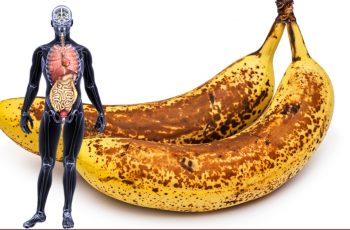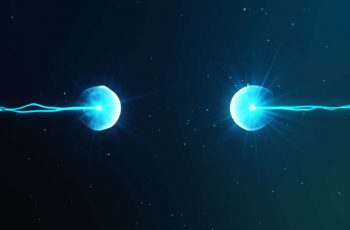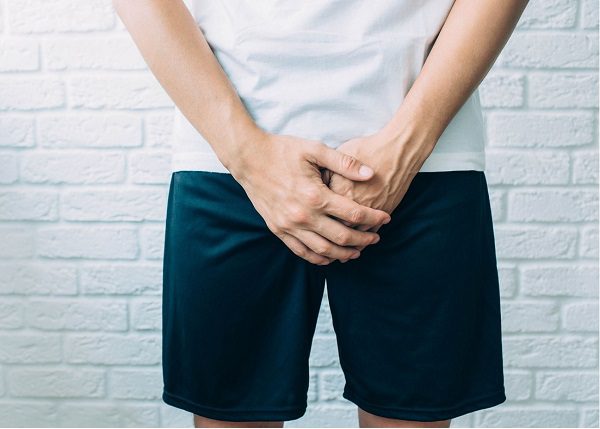
Why Does My Left Testicle Hurt? The Possible Causes
Since pain in the left side of the chest or heaviness in the left arm is often linked with a heart attack, you might think that the pain in your left testicle can be attributed to a similar specific problem. The reason for the left testicle and groin pain is not due to any health condition that specifically affects only the left one. Pain in the testicles could also be felt around the groin or lower abdomen. The pain often migrates to these areas depending on which side is affected. If you’re experiencing dull mild pain in one or both testicles – pain that is intermittent and appears only when pressure is put on the testicles (like when you move around or stand or sit for a long time) – it would help to know what exactly is going on. But again, why does my left testicle hurt?
Causes of left inguinal and testicular pain
Direct Physical Injury – It is no secret that testicles are composed of very sensitive tissue. Minor injuries incurred, through say contact sports like soccer, an awkward stretch, or even playful rassling with your toddler, may prove to be not so minor when it comes to the testes, causing you pain and discomfort.
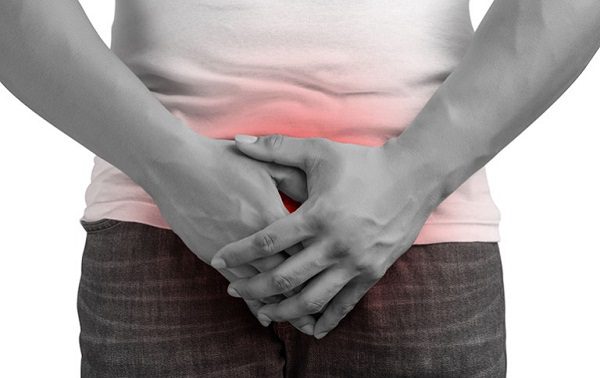
Bacterial Infection – Bacterial infections, including sexually transmitted infections (STIs), of scrotal contents can cause inflammation with pain and swelling.
- Epididymitis refers to the inflammation of the epididymis, the coiled tube located behind the testis that stores and carries sperm.
- Orchitis is inflammation of the testicle itself. The most common cause is the mumps virus.
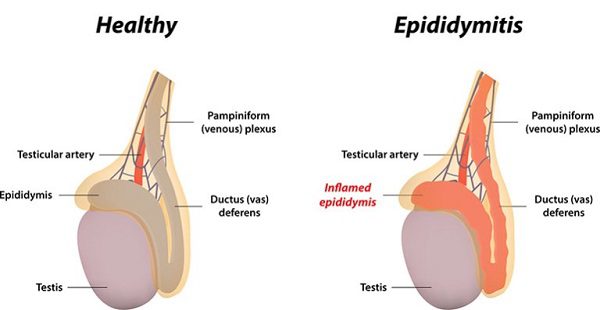
Testicular Torsion (Twisting) – This condition is a medical emergency. Some males have a “bell clapper” deformity in which the connective tissue supporting their testicles is weak. This allows for free movement of the testes with the scrotum. If a testicle rotates, it twists the spermatic cord (that supplies blood to the scrotum) along with it. This suddenly cuts off blood supply manifesting as severe, sharp pain. Surgical intervention within six hours of occurrence can help prevent potentially irreversible damage.
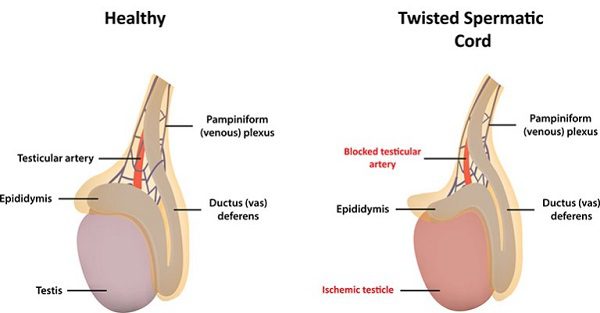
Fluid Collection In The Scrotum
- Varicocele: Similar to varicose veins, sometimes the veins in the scrotum become enlarged due to malfunctioning valves or compression by an adjacent structure. While sperm fertility does take a hit, it usually doesn’t produce any symptoms. Due to decreased blood flow to the scrotum, some uneasiness may be experienced.
- Spermatocele: A fluid-filled cyst may develop in the epididymis called a spermatocele. It is non-cancerous and usually doesn’t evoke any pain. However, if it grows large enough, it may interfere with regular movement.
- Hydrocele: Inflammation or injury in the scrotum can cause a fluid-filled sac called a hydrocele to develop around the testis. While it does not usually induce any pain, scrotal swelling and some discomfort may be experienced.
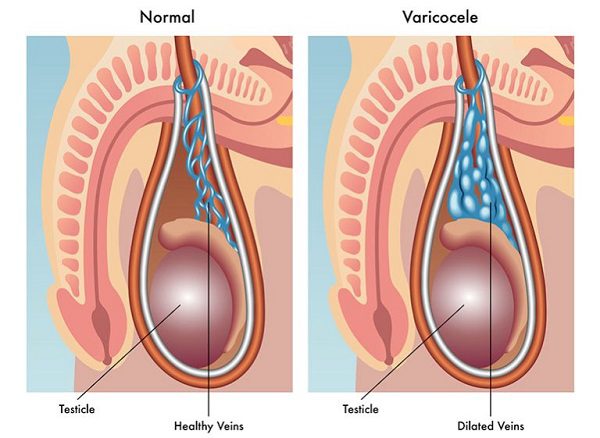
Inguinal Hernia Or Kidney Stones – Sometimes, it may seem that pain is originating in your testes, but it is actually coming from adjacent areas. One such example is inguinal hernia wherein the intestines bulge through weak spots in the abdominal wall into the groin or scrotum and cause pain. Treatment may not be necessary, but surgery is an option. The presence of kidney stones may also cause testicular pain. Kidney stones obstruct the flow of urine out of the kidneys. Pain thus originating can travel down to the scrotum.
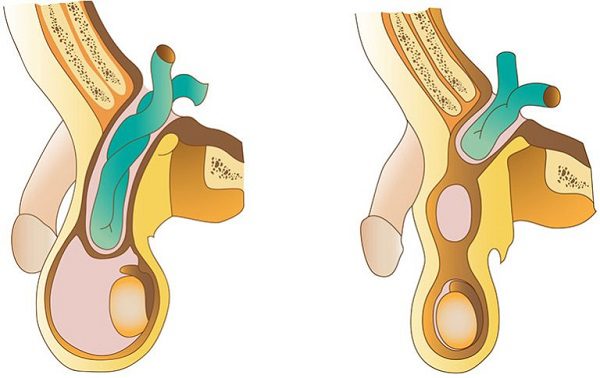
Orchialgia (Chronic Pain In The Testes) – Orchialgia is chronic or intermittent pain in the scrotal contents that lasts for more than three months. It is a serious condition that needs to be addressed by an experienced medical professional only. As of now, there is no concrete, standard protocol for the evaluation or treatment of this condition. Treatment options may vary from non-invasive painkillers, antibiotics, and psychological counseling to cope with the pain to more invasive surgical procedures like epididymectomy (removal of the epididymis), micro denervation of the spermatic cord (MDSC), and orchiectomy (removal of one or both testes).

Testicular Cancer – Do a self-exam of your testicles at least once a month. While pain in and around them will surely draw your attention, many a time you may overlook painless lumps. A hard lump may be indicative of a testicular tumor that should be checked by a doctor.
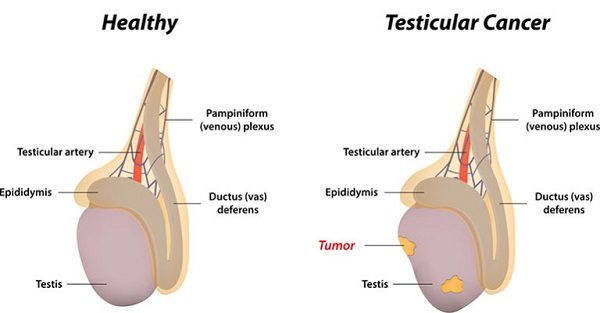
If you are suffering from mild intermittent pain in your scrotum and/or groin, you may give these home remedies a try before seeking professional advice:
- If there is visible swelling, soak in warm water mineralized with Epsom salts.
- For swelling, you may also apply ice packs to the scrotum. A bag of peas may serve the purpose.
- Wear snug underwear (athletic supporters are perfect) so your boys get much-needed support. It’s best to avoid wearing boxers.
- Pop OTC painkillers like acetaminophen or ibuprofen.
- Avoid strenuous activity till the pain subsides.
See a doctor immediately if
- Experienced sudden or severe pain.
- You break into a fever.
- Pain or swelling in the scrotum for more than an hour after a scrotal injury.
- Notice hard lumps in a self-examination of the scrotum.
- Feel nauseous in addition to the pain.
- You find urinating painful.
- Your scrotum is red and feels warm and extremely sensitive.
- You have been in contact with a person diagnosed with mumps.

